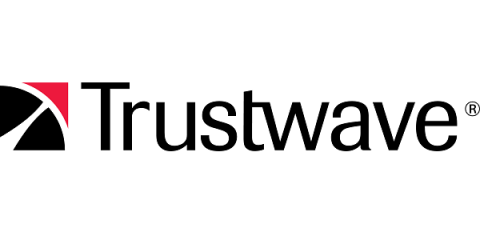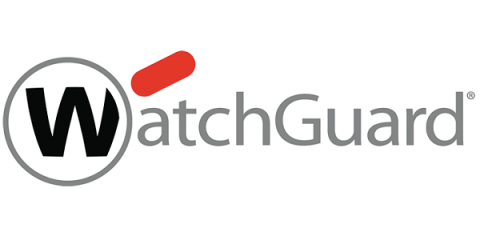CISA-FBI Issue Security Warning for Chinese-Manufactured Drones
Drones are becoming ubiquitous. They are sold as toys, used in industry, and as weapons of war, so the possibility of one becoming co-opted by a threat actor could result in severe damage, disruption of services, or data theft. In response, CISA and the FBI released a notification and guidance on Chinese-manufactured unmanned aircraft systems (UAS) aka drones, that could have vulnerabilities enabling data theft or that could facilitate network compromises.











